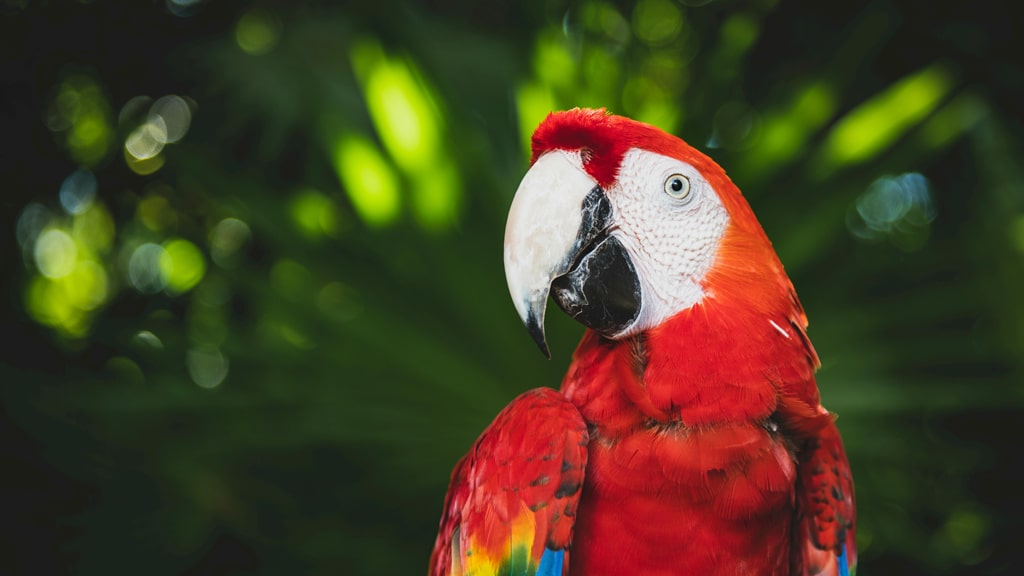Biodiversity of Costa Rica
Introduction to Costa Rican Biodiversity
Costa Rica, often referred to as the “Switzerland of Central America,” is renowned for its rich biodiversity. Despite covering only 0.03% of the Earth’s surface, Costa Rica is home to nearly 6% of the world’s biodiversity. This tiny country boasts an impressive variety of ecosystems, from rainforests and cloud forests to coral reefs and mangroves.
Geography and Climate
Costa Rica’s diverse geography and climate contribute significantly to its biodiversity. The country is divided into several ecological zones, each with unique flora and fauna. The tropical climate, characterized by wet and dry seasons, supports a wide range of life forms. From the lowland rainforests to the high-altitude cloud forests, each region offers a distinct habitat.

Flora of Costa Rica
Rainforests and Their Plant Species
Costa Rica’s rainforests are lush and teeming with life. These dense forests are home to countless plant species, including towering trees, vibrant orchids, and a variety of ferns and mosses. The diversity of plant life provides a foundation for the rich ecosystems found here.
Unique and Endemic Plant Species
Costa Rica is also home to many unique and endemic plant species. These plants, found nowhere else in the world, contribute to the country’s extraordinary botanical diversity. From the striking Guaria Morada orchid to the rare ironwood tree, Costa Rica’s flora is a testament to its ecological richness.
Fauna
Mammals: Big Cats, Monkeys, and More
The mammalian fauna of Costa Rica is incredibly diverse. The country is home to several species of big cats, including jaguars, pumas, and ocelots. Monkeys, such as howler monkeys, capuchin monkeys, and spider monkeys, are commonly seen in the forests. Other notable mammals include sloths, anteaters, and tapirs.
Birds: A Paradise for Birdwatchers
Birdwatchers flock to Costa Rica to observe its vibrant avian life. The country hosts over 900 species of birds, including the resplendent quetzal, scarlet macaw, and toucans. Wetlands, forests, and coastal areas provide diverse habitats for these feathered inhabitants.
Reptiles and Amphibians: Diverse and Colorful Species
Costa Rica is a haven for reptiles and amphibians. Colorful frogs, such as the poison dart frog and red-eyed tree frog, are among the highlights. The country also boasts numerous species of snakes, lizards, and turtles, including the endangered leatherback sea turtle.
Insects and Arthropods: The Hidden Gems
Insects and arthropods play a crucial role in Costa Rica’s ecosystems. The country is home to a vast array of butterflies, beetles, and spiders. Among the most famous are the vibrant blue morpho butterfly and the leafcutter ants, which are essential for nutrient cycling in the forests.
Marine Biodiversity
Costa Rica’s marine biodiversity is equally impressive. The country’s coastlines and marine environments support a rich array of life. Coral reefs, mangroves, and seagrass beds provide habitats for numerous marine species, including fish, crustaceans, and mollusks. Notable marine species include dolphins, whales, and the iconic sea turtles.
Protected Areas and National Parks
Costa Rica is a pioneer in conservation, with over 25% of its land designated as protected areas. National parks and reserves, such as Tortuguero National Park, Manuel Antonio National Park, and Arenal Volcano National Park, play a vital role in preserving the country’s biodiversity. These protected areas safeguard critical habitats and provide opportunities for scientific research and ecotourism.
Conservation Efforts
Government Initiatives and Policies
The Costa Rican government has implemented numerous initiatives and policies to protect biodiversity. These include establishing protected areas, enforcing environmental regulations, and promoting sustainable development practices. The government’s commitment to conservation is a model for other nations.
Role of NGOs and International Organizations
Non-governmental organizations (NGOs) and international organizations play a significant role in Costa Rica’s conservation efforts. Groups such as the World Wildlife Fund (WWF) and the Organization for Tropical Studies (OTS) collaborate with local communities and the government to protect and restore ecosystems.
Fauna
Spanning an area of 75,517 km², Panama is home to 9% of the world’s known bird species, surpassing the avian diversity of the United States and Canada combined. It also hosts 2.3% of reptile species, 3.4% of amphibian species, and 4.8% of mammal species globally. In Panama alone, 220 freshwater fish species and 1,157 marine fish species have been documented.
Biodiversity Hotspots
Osa Peninsula: A Biodiversity Jewel
The Osa Peninsula is one of the most biologically intense places on Earth. Home to Corcovado National Park, this region boasts an incredible variety of species, from jaguars and pumas to scarlet macaws and harpy eagles.
Monteverde Cloud Forest: A Misty Paradise
The Monteverde Cloud Forest Reserve is famous for its misty, verdant landscapes and rich biodiversity. This unique ecosystem supports a wide range of plant and animal species, including many that are endemic to the area.
Corcovado National Park: Untouched Wilderness
Corcovado National Park, located on the Osa Peninsula, is often referred to as the crown jewel of Costa Rica’s national parks. Its untouched wilderness is home to a staggering variety of species, making it a key area for conservation.
Ecotourism and Its Impact
Costa Rica is a global leader in ecotourism, attracting millions of visitors annually. Ecotourism supports the economy and raises awareness about conservation. However, it also poses challenges, such as habitat disturbance and resource pressure, requiring careful management to ensure sustainability.
Threats to Biodiversity
Deforestation and Habitat Loss
Deforestation and habitat loss are significant threats to Costa Rica’s biodiversity. Agricultural expansion, urban development, and logging have led to the fragmentation of habitats, endangering many species.
Climate Change and Its Effects
Climate change poses a growing threat to Costa Rica’s ecosystems. Rising temperatures, altered rainfall patterns, and extreme weather events can disrupt habitats and species distributions.
Pollution and Human Activities
Pollution from agriculture, industry, and tourism can harm ecosystems and wildlife. Efforts to reduce pollution and promote sustainable practices are essential to protect biodiversity.
Role of Indigenous Communities
Indigenous communities in Costa Rica have a deep connection to the land and play a vital role in conservation. Their traditional knowledge and sustainable practices contribute to preserving biodiversity and promoting ecological balance.
Research and Education
Scientific research is crucial for understanding and protecting Costa Rica’s biodiversity. Universities, research institutions, and conservation organizations conduct studies on species, ecosystems, and environmental challenges. Educational programs and awareness campaigns help engage the public in conservation efforts.
Sustainable Practices
Agriculture and Biodiversity
Sustainable agriculture practices, such as organic farming and agroforestry, help protect biodiversity by reducing chemical use and preserving habitats. These practices also support local communities and promote environmental health.
Sustainable Tourism Practices
Sustainable tourism practices, such as eco-friendly accommodations and responsible wildlife viewing, minimize the impact on ecosystems while providing economic benefits. Tour operators and tourists can contribute to conservation by adhering to these practices.
The Future of Biodiversity in Costa Rica
Costa Rica faces challenges and opportunities in preserving its biodiversity. Continued efforts in conservation, sustainable development, and climate adaptation are crucial for maintaining the country’s ecological wealth. Collaboration between the government, NGOs, local communities, and the international community will be key to a sustainable future.
Conclusion
Costa Rica’s biodiversity is a treasure trove of natural wonders, providing ecological, economic, and cultural benefits. Protecting this wealth requires ongoing commitment and action from all sectors of society. By valuing and conserving biodiversity, Costa Rica can continue to thrive as a global leader in environmental stewardship.


